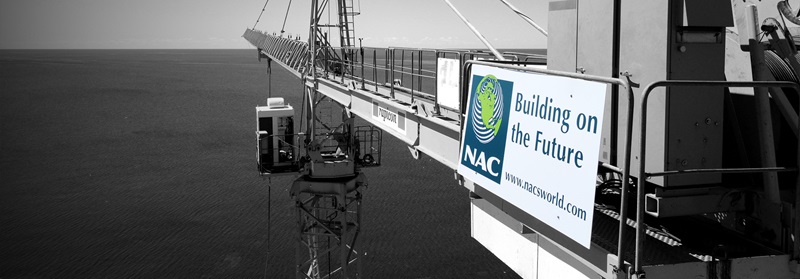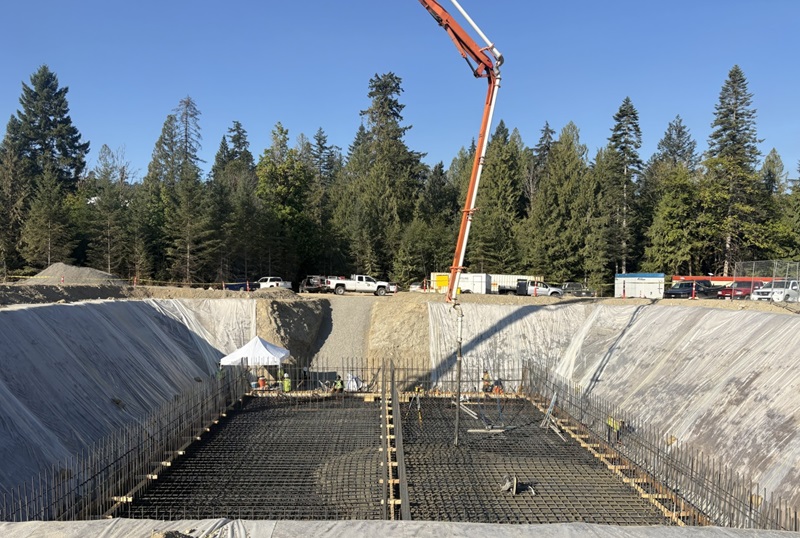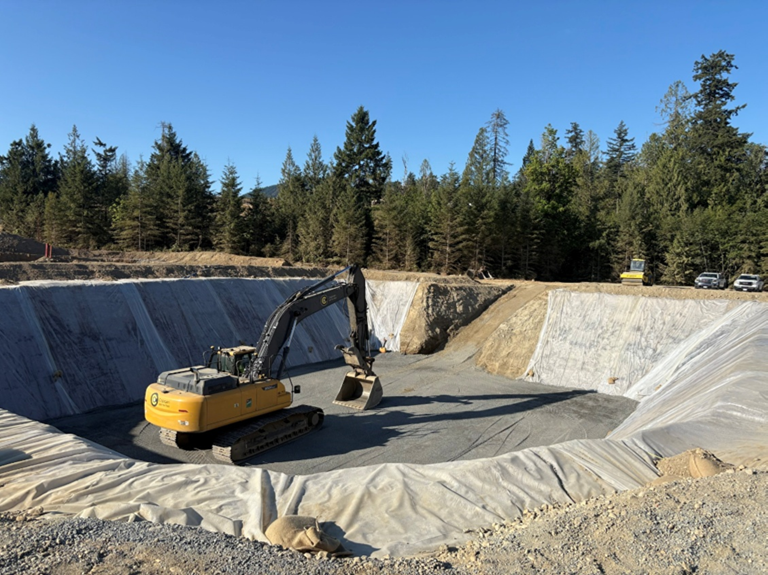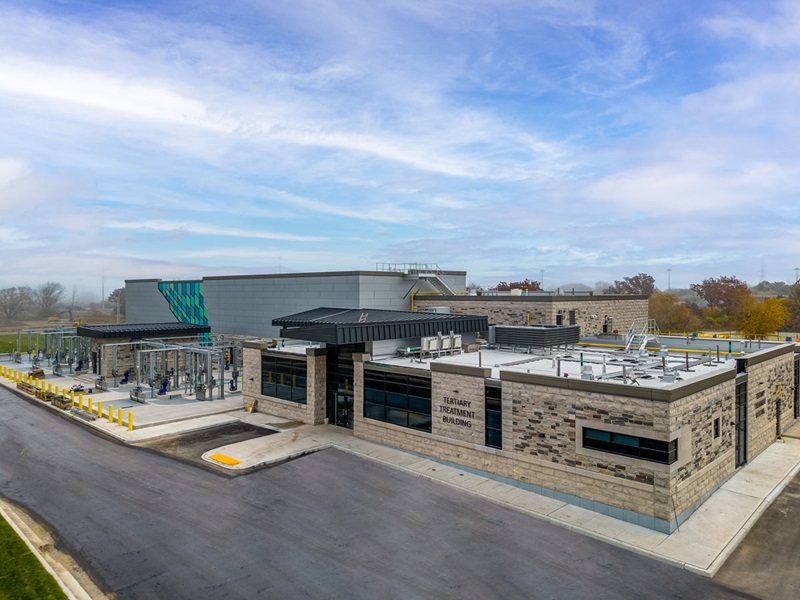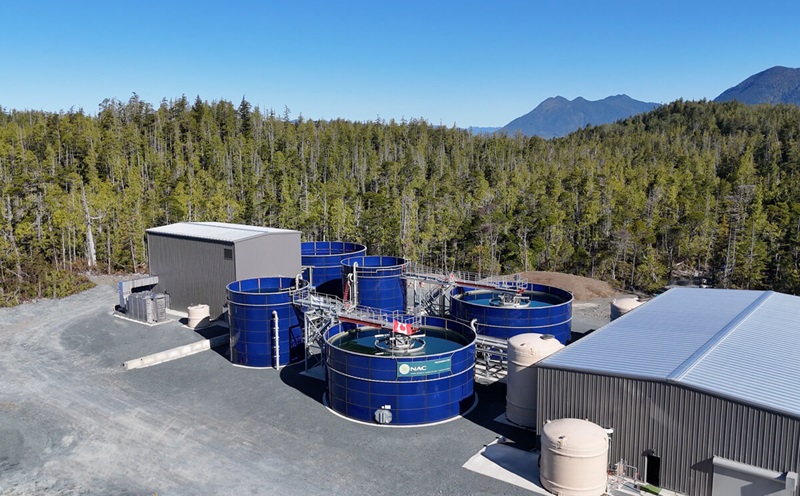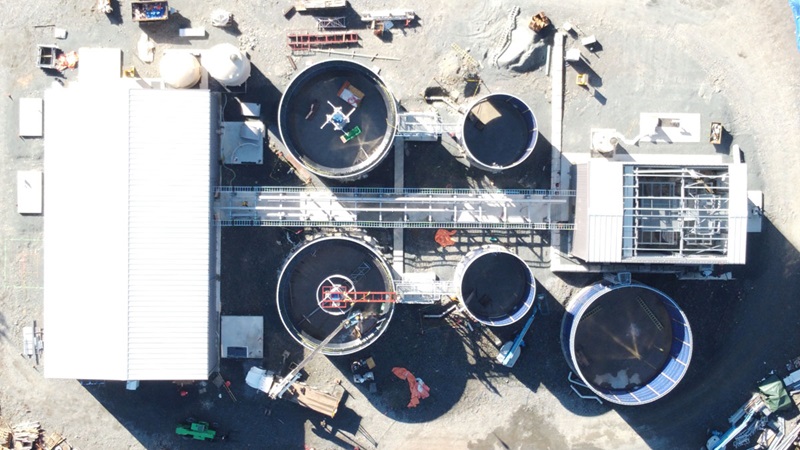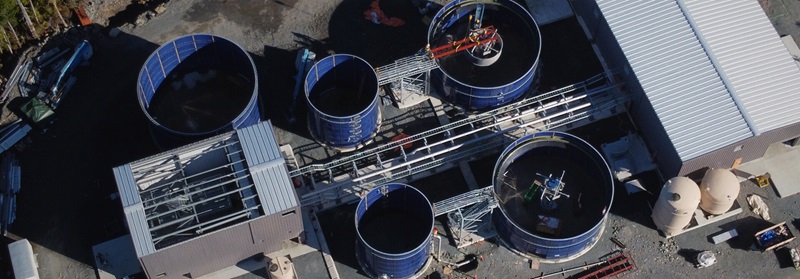
Collaborative Delivery
Collaborative Delivery refers to construction project delivery methods that emphasize teamwork, shared decision-making, and open communication among all project stakeholders, including the owner, designer, contractor, and sometimes even subcontractors and suppliers. These methods are designed to foster a cooperative environment where the parties work together to achieve common project goals, often sharing both risks and rewards.
Key Features:
- Team-Based Approach: All key stakeholders are involved early in the project, contributing to the design, planning, and construction processes. This collaboration helps identify potential issues and optimize solutions before construction begins.
- Shared Risk and Reward: Risks and rewards are often distributed among the team members, aligning their interests and encouraging them to work together towards common goals, such as cost savings, quality, and timely completion.
- Open Communication: Transparency and frequent communication are critical components, ensuring that all stakeholders are aligned and that any issues are addressed promptly.
Advantages:
- Enhanced Problem-Solving: The collaborative nature of these project delivery methods allows for more creative and efficient problem-solving, as all parties contribute their expertise.
- Improved Project Outcomes: By working together from the start, teams can optimize the design, reduce waste, and improve quality, often resulting in a better final product.
- Increased Flexibility: The collaborative process is more adaptable to changes and can better manage the complexity and uncertainty often inherent in construction projects.
Disadvantages:
- Complex Contracting: Setting up a collaborative delivery model requires complex contracting and a clear definition of roles, responsibilities, and risk/reward sharing.
- Cultural Shift: Success in collaborative delivery often requires a significant cultural shift, particularly for organizations accustomed to more traditional, adversarial delivery methods.
- Time-Intensive Planning: The upfront time required to establish a collaborative team and define processes can be significant, though this often pays off in the construction phase.
Applications:
Collaborative delivery methods are particularly well-suited for large, complex projects where the benefits of early and continuous collaboration can be fully realized. They are also ideal in environments where the project owner values innovation, quality, and long-term relationships with their project partners.
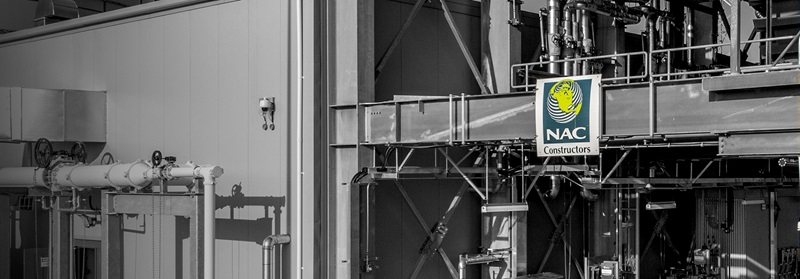
Related Projects
-
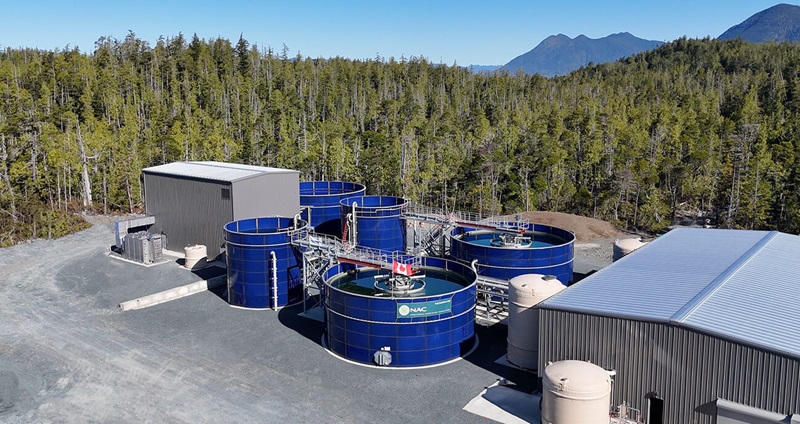
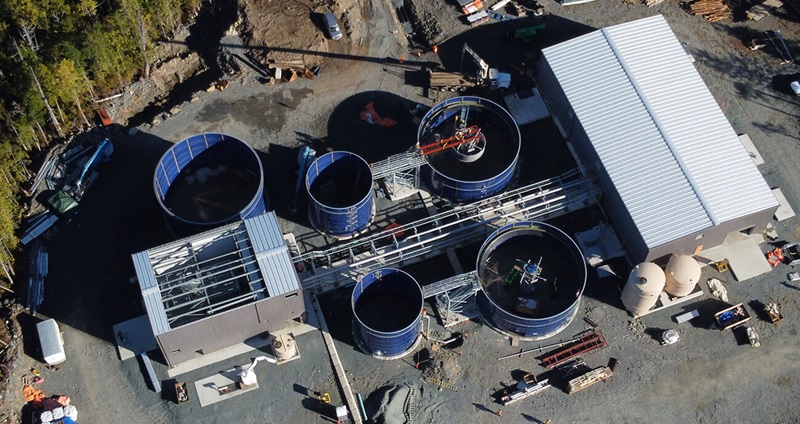
Tofino Wastewater Treatment Plant
Tofino,
British Columbia -
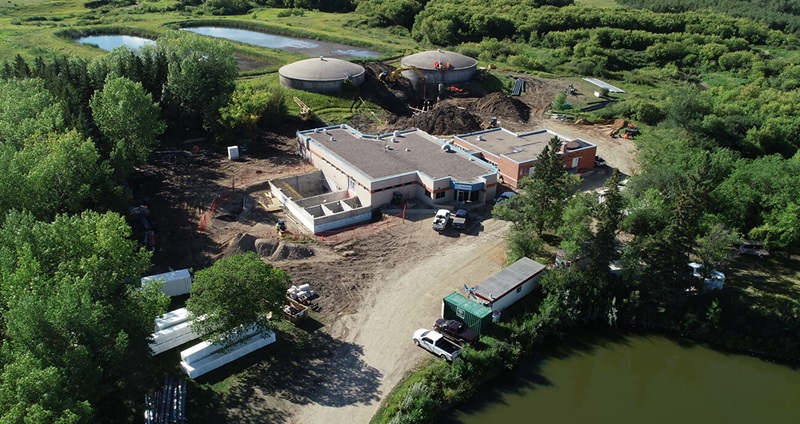
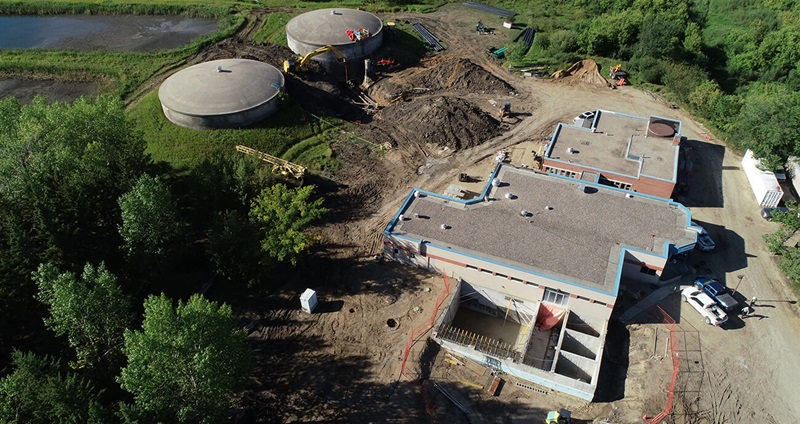
Melfort Water Treatment Plant Upgrades & Expansion
Melfort,
Saskatchewan -
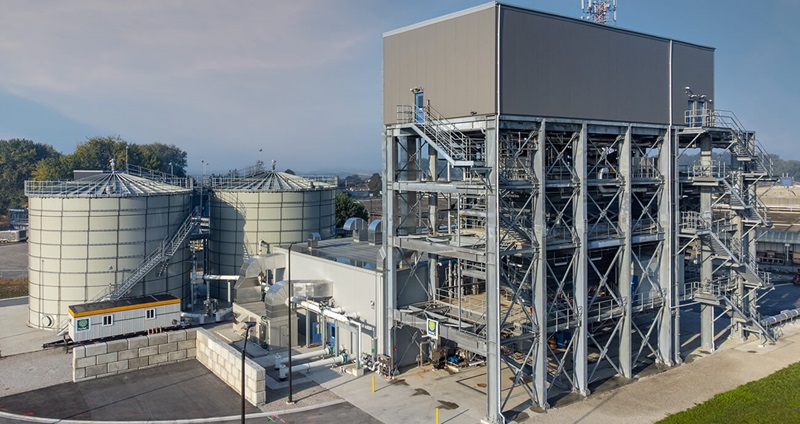

IONA Wastewater Treatment Plant Biosolids Handling Facility
Richmond,
British Columbia
